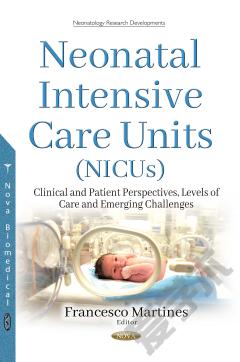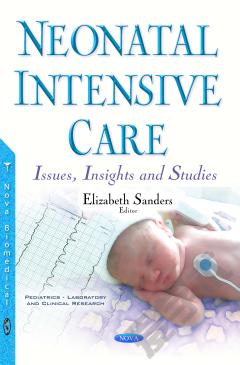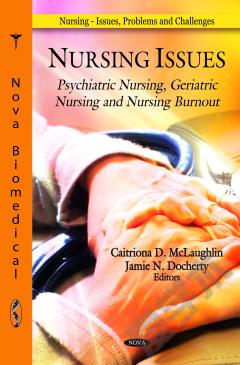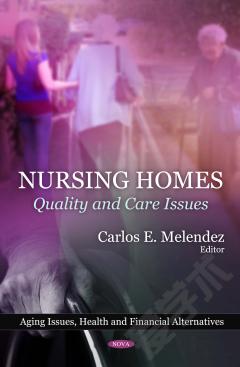Neonatal Intensive Care Units (NICUs): Clinical and Patient Perspectives, Levels of Care and Emerging Challenges
From World Health Organization data, the prevalence of hearing impairment among infants varies between 0.5 and 3.0 cases per thousand, but in children hospitalized in the Newborn Intensive Care Unit (NICU) and in those with other risk factors (i.e., anatomically small for gestational age, craniofacial abnormalities, intrauterine infections, family history of hearing loss, ototoxic drugs, mechanical ventilation , etc.), the prevalence is 10-20 times greater. Newborn Intensive Care Unit (NICU) can be defined as an intensive care unit for sick newborns who need specialized treatment. NICU combines equipment and advanced technology with medical staff specially trained in newborn care. The Joint Committee on Infants Hearing (JCIH) identified many risk factors in NICU infants like prolonged mechanical ventilation, asphyxia, low birth weight and ototoxic medication, and so it also considers intensive care as a whole a risk factor.The present book focuses its attention on this hearing loss risk factor, starting from risk factors and screening strategies, highlighting the various neonatal levels of care, focusing on the treatment of infants with neural tube defects and the future motor development of premature babies. This should be done until caregivers can get the attention of drug therapies used in the NICU.
{{comment.content}}








 京公网安备 11010802027623号
京公网安备 11010802027623号